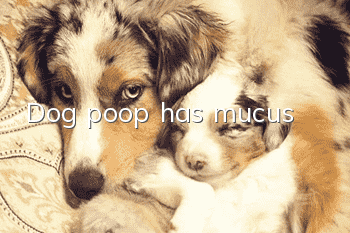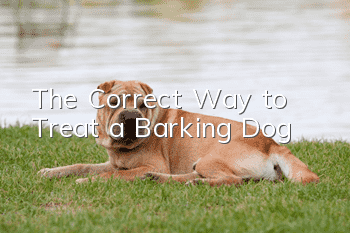Patellar luxation in dogs

Symptoms of patella luxation in dogs:
1. The dog will be supported by three legs and one foot is suspended in the air. It will return to normal after playing for a period of time. , at this time the dog may have a luxated patella.
2. If the dog’s hind limbs are lame and the dog’s walking posture is abnormal when you take the dog for a walk outdoors, it may be that the dog’s patella is luxated.
3. If a dog suffers from patellar luxation and has not received effective treatment for a period of time, muscle atrophy will appear. The breeder can clearly observe that the muscle size at the affected location is different from other locations. Dogs may appear asymmetrical in appearance.
Treatment methods for patellar luxation in dogs:
1. The pet doctor applies force to the knee with his fingers to make the patella return to the joint socket. No surgery is required, but non-professionals should not Try it lightly so as not to aggravate your dog. If the dog's glenoid socket is too shallow or the patella ligaments are too loose, even if the patella is temporarily pushed back into the glenoid socket, the patella will still dislocate as long as the force is not appropriate.
2. You can also dig deep into the glenoid socket through surgery, fix the patella in the glenoid socket with bone screws, or tie it to the bone with artificial ligaments. This method can effectively prevent patellar dislocation.
3. In daily life, owners should also pay attention to supplementing calcium and chondroitin for dogs to avoid making dogs too obese. Also be careful not to let your dog do frequent strenuous exercise.
- Is it normal for a dog to cough after strenuous exercise? Caution is a warning light of danger!
- Why should dogs be dewormed? Parasitic diseases and related symptoms in dogs
- What to do if your dog gets carsick? Tips to prevent your dog from getting carsick!
- What medicine is best to use to deworm dogs externally?
- Dog laryngitis symptoms
- Dog's diarrhea is yellowish brown and muddy
- How to deal with multiple dogs fighting at home
- How many bad habits have you seen in dogs? Which ones does your dog suffer from?
- What are the signs of illness in golden retrievers?
- When does a dog’s awkward period begin?



